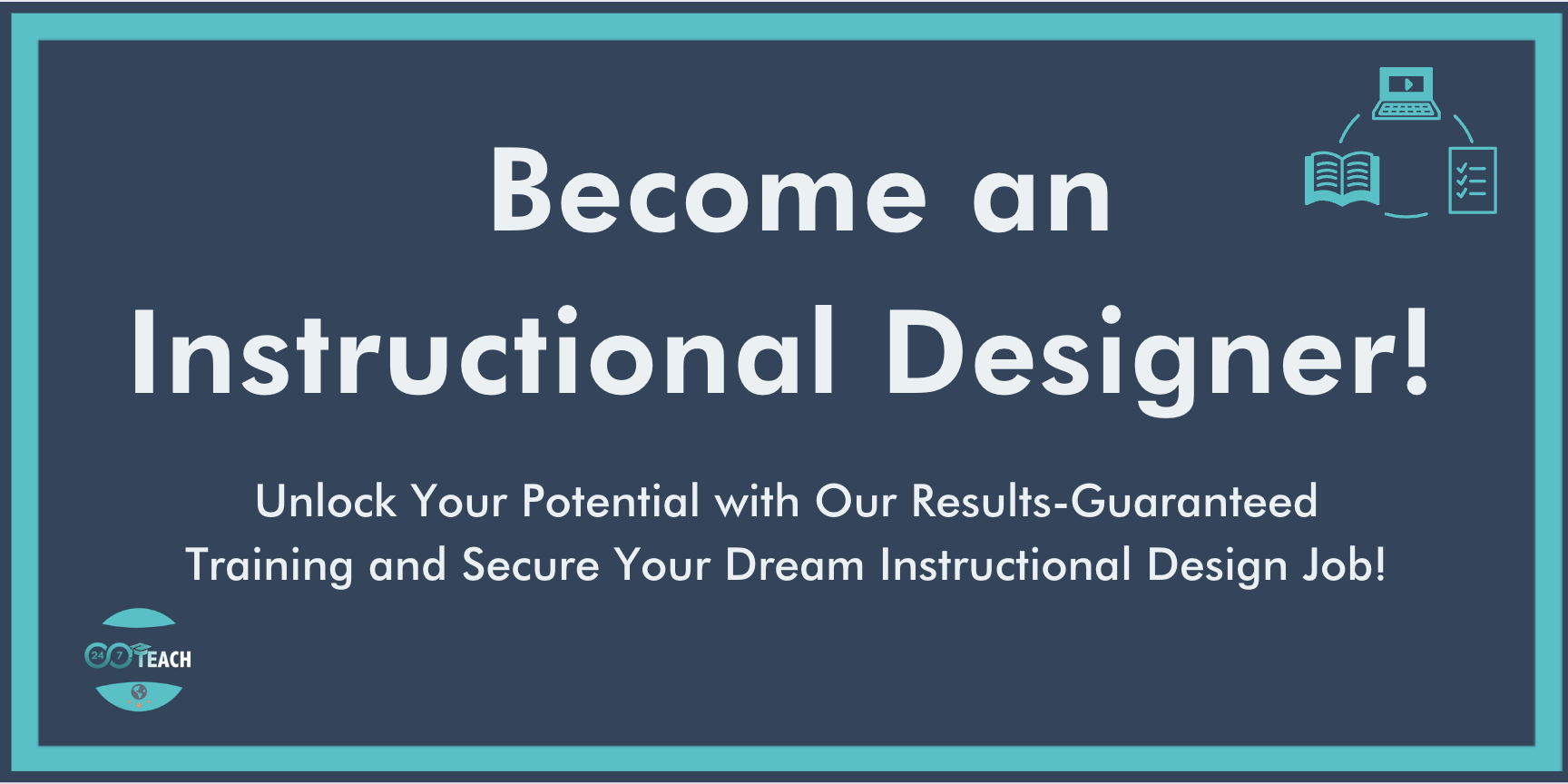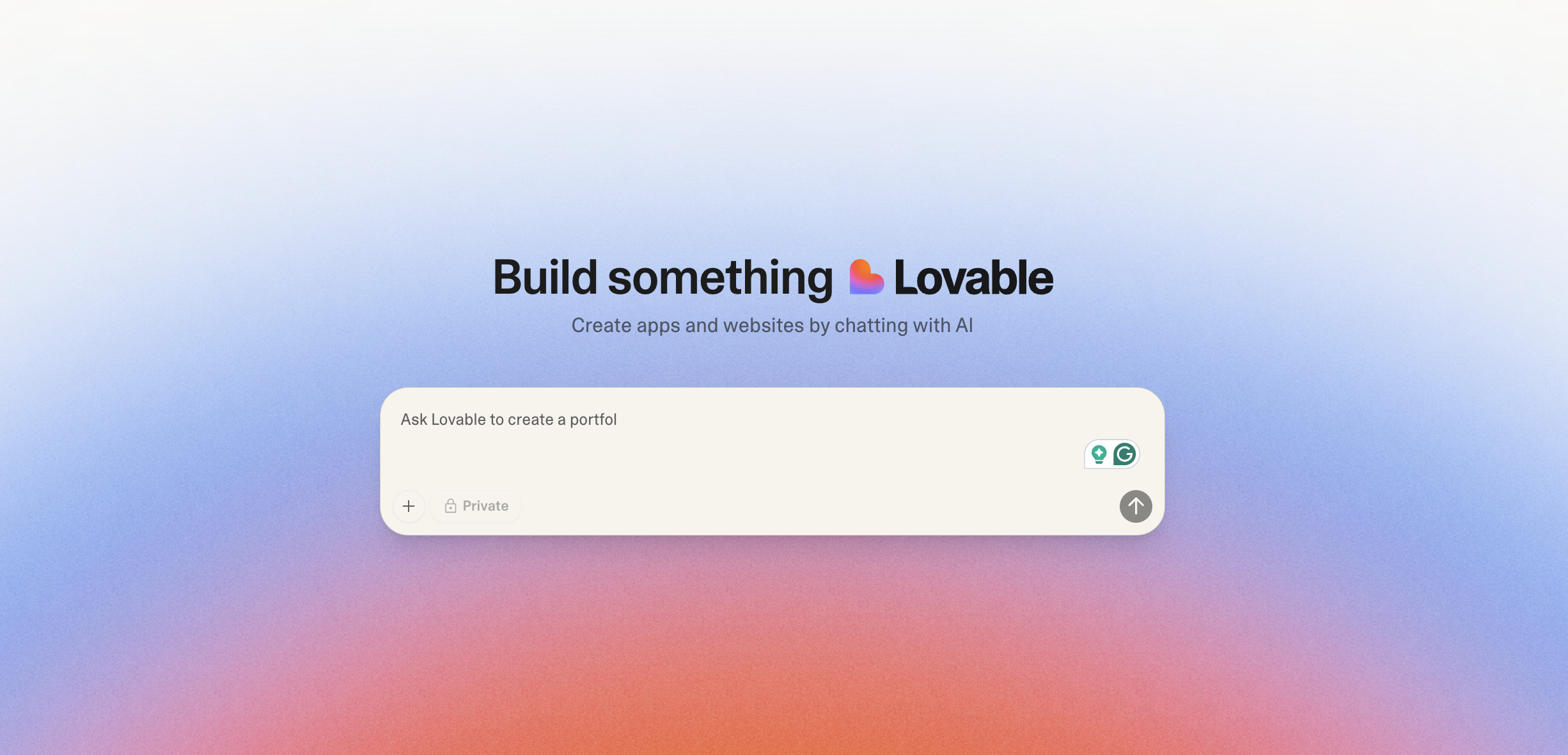Do You Really Need a Portfolio to Get Hired as an Instructional Designer?
By Justice Jones
24/7 Teach - CEO and Lead Instructional Designer
Prefer to listen to this post? Click below.
Instructional Design Portfolio, Yes or No?
If you're navigating the ever-evolving world of instructional design, you've probably heard the buzz: "You need a portfolio!" Well, is it really that black and white? The short answer is both yes and no. Confused? Let's dive in.
The Portfolio Conundrum
Many aspiring instructional designers conclude that building a flashy website equates to a compelling portfolio. The truth? A website doesn't necessarily showcase your expertise in instructional design. Hiring managers and clients are really interested in your skill set and the tangible results you can deliver.
Skills First, Portfolio Second
Before thinking about how your portfolio will look, focus on the skills that make an instructional designer great. These skills include a deep understanding of learning theory, a systematic approach to the instructional design process, and proficiency using various instructional design authoring tools.
The What and Why of Your Portfolio
Your portfolio should answer specific questions that employers or clients have:
Learning Theory: Can you design courses or training that align with pedagogical, andragogical, heutagogy, geragogy, peeragogy, or cybergogy principles?
Instructional Design Process: Do you follow a specific methodology like ADDIE or SAM?
Tool Proficiency: Can you use tools like the Articulate Suite, Adobe Suite, AI tools for design?
Visual Design: Do you understand visual design principles that make content engaging?
Problem-Solving: Can you tailor learning experiences to solve specific problems or achieve unique objectives?
The 24/7 Teach Success Story
Here's where the 'no-portfolio-needed' part comes in. One of our boot camp participants, a transitioning teacher, landed not one but three instructional design job offers without a portfolio. How? Our Instructional Design Boot Camp with Job Guarantee emphasizes real-world skills and experiences over flashy portfolio presentations. Employers could see the value in his methodology, problem-solving capabilities, and growth potential—no portfolio needed.
Getting Your First Job in Instructional Design
Is it hard to get into instructional design? Not if you approach it the right way. The key is to gain experience, even if it's on a volunteer basis initially. Each project you undertake adds to your portfolio and gives you another bullet point on your resume. And don't forget about creating an effective instructional design portfolio.
Necessary Credentials
A portfolio can undoubtedly be a golden ticket, but what about credentials? Ideally, a blend of formal education, industry certifications, and real-world experience can make you an irresistible candidate. Our boot camp covers all these aspects comprehensively.
The Portfolio Conundrum: More Than Just a Pretty Face
You may be tempted to hire a web designer and create a dazzling online portfolio. While that might capture attention, it often glosses over the core of what makes an instructional designer valuable: the ability to solve problems and facilitate effective learning experiences. Your portfolio should serve as a testament to your skills, not just your aesthetic sense.
Skills First, Portfolio Second: The Three Pillars
Technical Skills
Having a grip on various authoring tools like the Articulate Suite, Adobe Suite, Camtasia, and even understanding learning management systems (LMS) can set you apart. Knowing when and how to use these tools in different situations is equally important.
Learning Theory
A portfolio that doesn't reflect a sound understanding of learning theories is a red flag for employers. Are you applying Gagne's Nine Events of Instruction? Or perhaps using the SAM model for agile development? Your choice of methodology should resonate throughout your portfolio.
Soft Skills
Believe it or not, being an instructional designer is not just about designing. Effective communication, project management, and stakeholder negotiation are vital. Your portfolio should, in some way, demonstrate your prowess in these areas, whether through case studies or testimonials.
The What and Why of Your Portfolio: Detail Matters
Every element you include should serve a purpose. This is where you delve into the 'why' behind each of your designs. Did you create a branching scenario? Explain your rationale and how it aligns with the learning objectives. Did you opt for video over text? Justify this choice. Your decision-making process can often be as valuable as the end result.
The 24/7 Teach Success Story: Skills Over Portfolio
While we recommend building a portfolio, we've seen firsthand that it's not an absolute requirement. Skills can sometimes trump portfolio, especially if you can demonstrate your capabilities in real-time or during an interview process. Our boot camp participant is a testament to that.
Getting Your First Job in Instructional Design: Actionable Steps
Starting a career in instructional design can seem daunting, but it's more about strategic steps than monumental leaps. Volunteering for small projects, contributing to open-source eLearning modules, or even taking up internships can provide you with experience and work samples. This way, you're not only building a portfolio but also gaining much-needed experience in the industry.
Necessary Credentials: A Multi-Faceted Approach
While a strong portfolio can open doors, credentials solidify your standing in the industry. Consider pursuing certifications in project management or specialized tools. Stay updated with the latest trends through continuous learning. 24/7 Teach’s Instructional Design Boot Camp is an excellent place to start.
Closing Thoughts: The Balanced Equation
In the grand scheme, your portfolio is just a part of the equation. A robust skill set, proven experience, and the ability to articulate your expertise will set you on the path to a successful career in instructional design. If done right, your portfolio is the icing on the cake—sweet but not the entire meal.
So, there you go, an even more in-depth look into whether you genuinely need a portfolio to get hired as an instructional designer. And remember, if you need a one-stop shop to get your skills up to par, look no further than 24/7 Teach's Instructional Design Boot Camp.
By putting skills and experience first, you'll find that building a portfolio becomes a natural extension of your professional journey rather than a hurdle to clear. And that's how you create a career that's both fulfilling and in high demand.
Discussion Question:
Join the conversation and participate with the 24/7 Instructional Design community by answering the DQ in the comment section below:
What are some creative ways you've used to showcase your instructional design skills beyond the traditional portfolio? And how have these methods been received by potential employers or clients?
Need Guidance on Navigating the Shift to Instructional Design?
Before You Go...
Discover the Unmatched 24/7 Teach Experience:
Our Instructional Design bootcamps and career coaching services have a 100% success rate. We redefine learning by immersing you in practical, hands-on projects, ensuring you acquire vital professional expertise while making a meaningful difference in your community.
Unlock your true potential today with 24/7 Teach and invest in your future.











